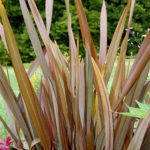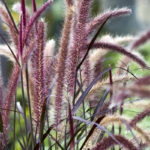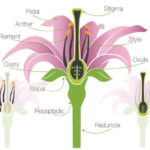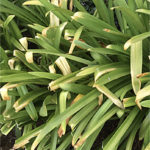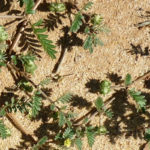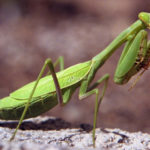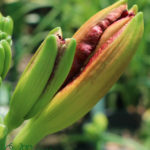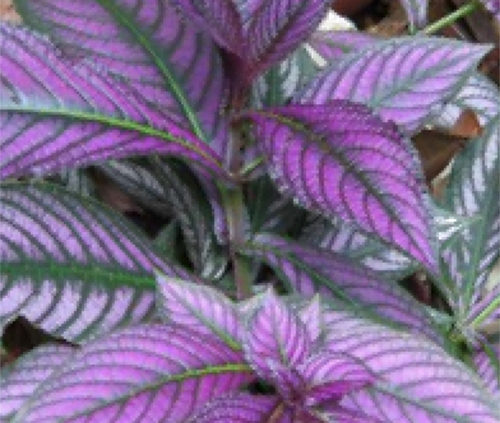
How To Grow Persian Shield Plant?
Persian Shield Plant – How to Grow Persian Shield Plant Anywhere
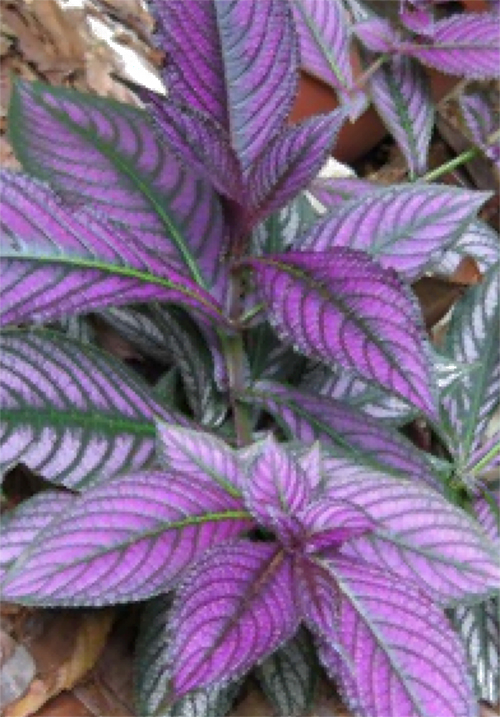 Persian shield plant or Strobilanthes Dyerianus is a plant with attractive foliage. Because of its bright leaves, this plant can add stunning colour to your garden all through the year. This plant has slender 4-7 inch long leaves with pointed tips and slightly serrated edges. The leaf surface are colourful and show almost iridescent leaves that are red violet purple to silver in colour, and the leaves have deep green coloured veins with purple petals underneath. The bushy plant can grow to a height of 4 feet and is evergreen in regions with a hot climate. Persian shield is an old fashion plant native of Myanmar. A popular houseplant because of the fact it blooms during autumn. The pretty pale lilac-blue coloured tubular flowers are produced on small spikes. It can grow outdoors as an annual plant as well as an indoor plant. Persian shield shrub will not tolerate winter frosts but can be grown outdoors in frost free areas. The plant needs moderate moisture and humidity to grow well.
Persian shield plant or Strobilanthes Dyerianus is a plant with attractive foliage. Because of its bright leaves, this plant can add stunning colour to your garden all through the year. This plant has slender 4-7 inch long leaves with pointed tips and slightly serrated edges. The leaf surface are colourful and show almost iridescent leaves that are red violet purple to silver in colour, and the leaves have deep green coloured veins with purple petals underneath. The bushy plant can grow to a height of 4 feet and is evergreen in regions with a hot climate. Persian shield is an old fashion plant native of Myanmar. A popular houseplant because of the fact it blooms during autumn. The pretty pale lilac-blue coloured tubular flowers are produced on small spikes. It can grow outdoors as an annual plant as well as an indoor plant. Persian shield shrub will not tolerate winter frosts but can be grown outdoors in frost free areas. The plant needs moderate moisture and humidity to grow well.
Where To Plant In The Garden
Persian shield is easy to grow and makes a good border plant, persian shield can also be used as the focal point in a garden, for example, grown in a big 12 inch high grey cement pot with low growing lambs ear planted around the base. They can grow in areas with full sun or in gardens that provide partial shade.
Persian Shield Care
Growing persian shield plant requires morning sun or partial shade to bring out the leaf colour. The plant is tolerant to moderate drought condition and needs very little care. The perennial plant requirements are moist soil and do not allow the soil to dry out between successive watering.
- Spreading mulch 3-4 inch over the soil helps in better growth of the plant.
- The plant prefers soil with neutral pH but can survive in soil pH ranging from 5.5 to 7.5.
- To create a bushier plant, you can pinch back the leaves after flowering or prune back the plant by 2/3rds after the winter is over.
- The plant needs feeding only at the beginning of the growing season in spring and during mid summer. For potted plants, it is necessary to provide the fertiliser once in two weeks using half diluted liquid fertiliser.
- They cannot withstand the winter conditions, In frosty areas, they need to be brought indoors.
- When kept indoors the plant needs bright light to maintain the metallic purple foliage colour. The indoor temperature should be above 600
- Dry air conditions may cause drying of the leaves and it is necessary to provide the plant with humid conditions. This can be done by placing the pot plant on a bed of rocks above the water, and this will provide and help the plant to maintain humidity indoors.
- During drought conditions, the plant can get attacked by pests such as whiteflies and aphids.
Persian Shield Propagation
Propagate Persian shield plant by planting the seeds or propagate the stem cuttings. The seeds of the plant need warm conditions, a temperature of 55-640 F to germinate. Take cuttings of 2-3 inch size from the tips of the plant. Make sure that the cutting has a growth node in it. Remove a few of the bottom leaves and insert the stem cutting in to growing medium such as peat moss or moist sand. Keep the growing medium moist and within a few weeks, the stem cuttings will start producing the roots. You can replant the new plant into the garden bed or into potting mixture. The best time to propagate the plant using softwood cutting is during spring and early summer. You may need to repot the plants every two years or when the roots completely fill the pot. Young plants have the best coloured foliage.


